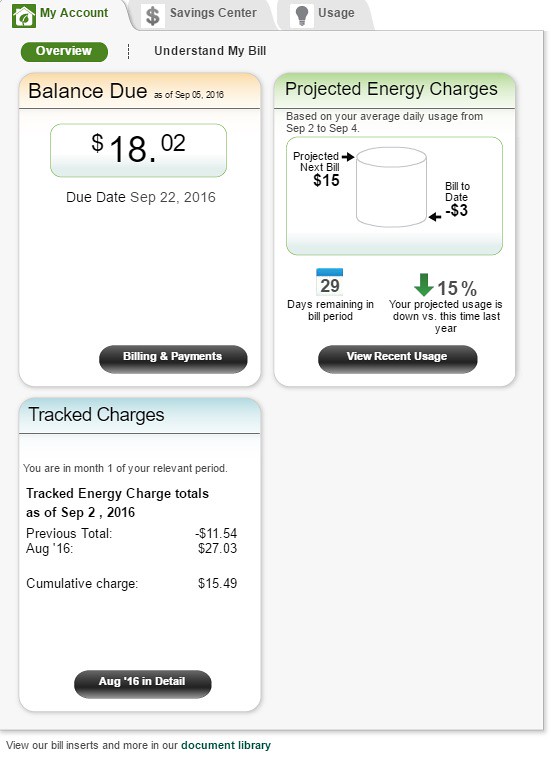This is our fourth year update. Click here for the Last Year’s (3rd Year) Summary.
It’s been four years since our PTO our solar array was approved, we originally estimated our savings on driving the Active E or a vehicle like the Active E. Since then, we moved from driving one EV to two EVs to three EVs and finally back to two EVs. We’ve also driven around a lot and our mileage has grown significantly since then. Our original estimation of a break-even was calculated with a one EV household. Since then, we believe that we’ve achieved our break-even mileage for our EVs and home use of electricity between last year’s update and this year..
In our first year of Solar use, we had a credit. Which, as we found out, we could not claim. Because, it turns out, Net Metering means that though we’re credited for the production at a specific $ rate, customers are paid out on OVERPRODUCTION of power and not on the CREDITS earned. What this means is the system produced greater kWh of energy than consumed by the end user. If this is the case, the customer is PAID OUT the power times the wholesale rate of production. As long-time readers are aware, on our second year, we paid over $200 to SCE. For our third year, coupled with our nearly a month of travel to Maine and back in our Here, There, and EVerywhere roadtrip, we were out of the house for about three weeks that year, and a little over a month for that year. So, that created about a month of overproduction. As a result, Year 3’s bill was approximately $40. This fourth year that just ended, we had about the same number of weeks away from home, but our annual net metering statement is about HALF of last year’s total with a nearly $20 bill for Year 4.
This full fourth year of solar production is firmly with the Model S and Roadster with a about the same number of weeks on trips as Year 3. Our 2016 Road trip to the Pacific Northwest, which we will be publishing on Monday, 9/12/2016 at 10:00 AM Pacific/18:00 BST/19:00 CET (UTC), was for only two weeks, however we’ve had a lot of other trips so that our total time away from home has been about the same as Year 3.
I considered the third year as a monumental year for having the $40 annual bill, I am just flabbergasted at the $20 year that we’ve had for the fourth year. Considering our average electric bill prior to going EV and solar was closer to $200 a month, it is incredible to get most of our transportation and home energy use at so little. Additionally, I focused on the change in tariff from TOU-D-EV to TOU-D-A in last year’s summary.
Logic tells me that I SHOULD have been paying more for electricity in Year 4 vs. Year 3. And we didn’t even travel any more than we did in Year 3. Our Summer roadtrip in 2016 (about our Long Way Round to the Tesla Gigafactory Party) was several days shorter than our 2015 Roadtrip. I guess we’ve gotten better at shifting our energy use.
I wonder what we’ll be spending on energy next year? I predicted an upward trend from Year 3 to Year 4 and was flat out wrong. So, let me see if an upward trend will finally hit from Year 4 to Year 5. After all, solar panels degrade and our guaranteed production on our solar agreements always step down year over year.
Interested in going solar? Get a quote from my solar vendor – Real Goods Solar.

